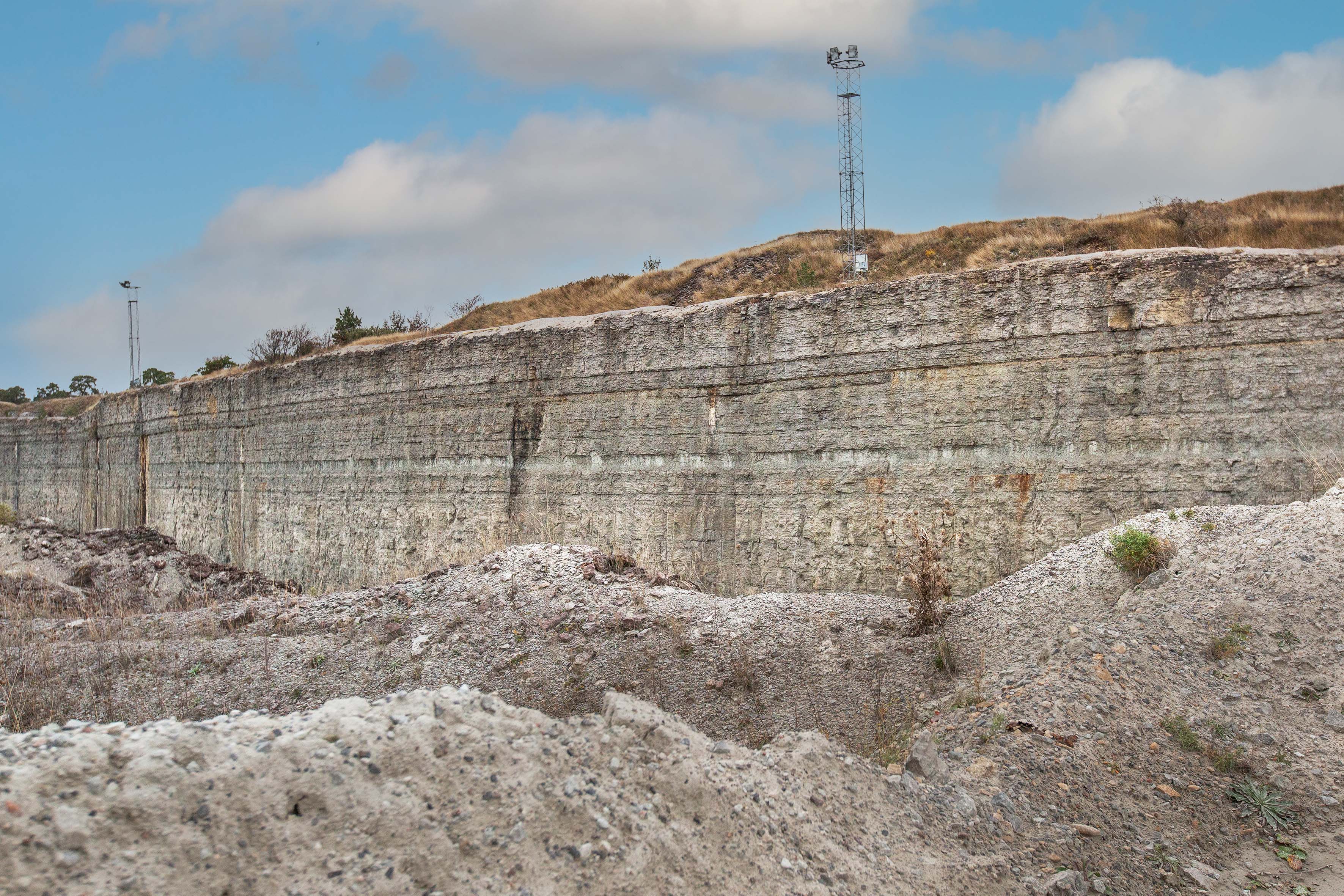New research could reduce CO2 emissions in cement production
Using slag instead of limestone to produce cement could significantly reduce carbon dioxide emissions. A new, improved process model allows for predicting how the quality of cement is affected.
The cement industry has long been a central part of societal development, but its impact on the environment remains a challenge.
"The extraction of limestone, as in cement production, affects both nature and groundwater. It is also highly dependent on new extraction permits," says Erik Viggh, doctoral student at the Department of Applied Physics and Electronics at Umeå University.
To find raw materials for cement that reduce the need for natural limestone, metallurgical slag, a byproduct of smelting processes in the metal industry, has been investigated as a suitable substitute that significantly reduces carbon dioxide emissions from the process. However, there is uncertainty about how the quality of the cement is affected.
Magnesium can cause cracks
Through his research, Erik Viggh has developed a chemical model that can be used by the cement industry to evaluate how changes in the process and the use of raw materials affect cement quality. This makes it easier to steer production towards lower climate impact.
One substance that plays a crucial role in cement production is magnesium. Low levels of magnesium occur naturally in limestone, but there are many times higher levels in slag. When the raw material is heated to 1450 degrees, magnesium oxide melts and becomes part of the liquid mass. Upon cooling, magnesium binds to the different minerals in the cement. However, too much magnesium can form a mineral called periclase upon cooling, which can cause problems such as swelling and cracking in concrete.
Predicting outcomes
To tackle this phenomenon, Erik Viggh has created a process model based on advanced calculations. The model simulates the formation of cement phases and takes into account time, temperature, and the composition of the raw material. This makes it possible to predict the chemical content of the cement in all phases. Previously, only calcium and silicon were included in the calculation, but now aluminum, iron, and magnesium are also included.
To ensure the model's reliability, the researchers conducted laboratory tests with cement samples manufactured with varying amounts of magnesium oxide. These samples were analyzed to understand periclase formation and the diffusion of magnesium oxide between particles during the formation of the melt.
Proposing future research
The results from both simulations and tests provide insights into the quantity and composition of cement phases formed during heating and cooling. These results also align well with previously published data, confirming the importance and relevance of the research.
"The improved chemical model, together with available thermodynamic data and a newly developed model for cooling, has great potential for evaluating the use of alternative raw materials. The work has also identified weaknesses in previous process modeling and proposes future research efforts as entirely new cement manufacturing processes are developed," says Erik Viggh.
Erik Viggh has many years of experience in cement processes and quality work at Heidelberg Materials at the factories in Slite and Skövde. He has been employed in the RnD department for the last 20 years.
- About the thesis
- September 14, 2023, Erik Viggh, Department of Applied Physics and Electronics at Umeå University, defended his thesis entitled "Modelling the impact of magnesium from alternative raw materials on Portland cement clinker chemistry." Faculty opponent was Bo Björkman, Professor of Process Metallurgy at Luleå University of Technology.
Author: Sara-Lena Brännström, Umeå University, Communicator with a focus on research in the technical and natural sciences.’


